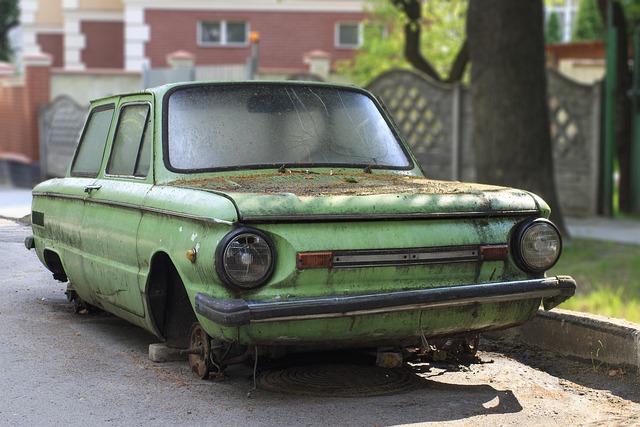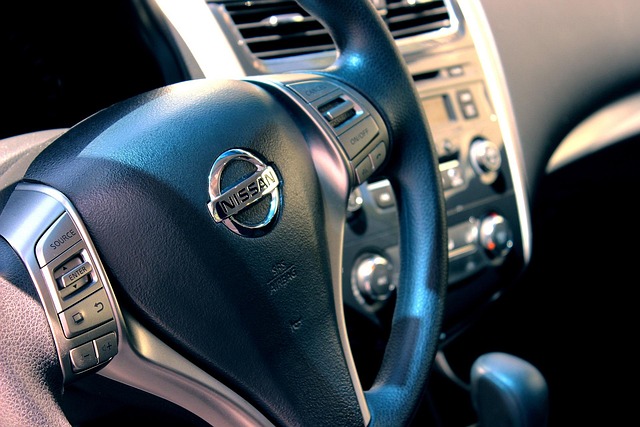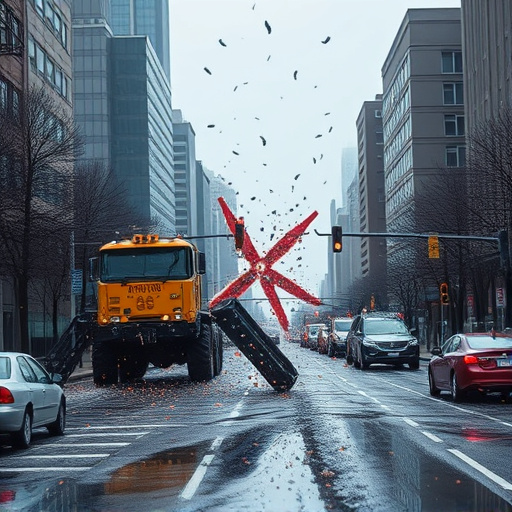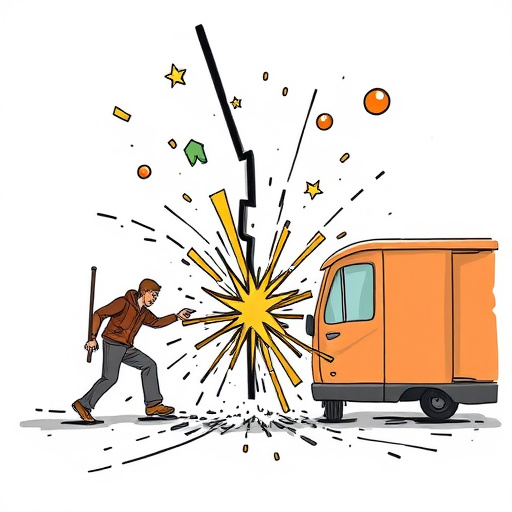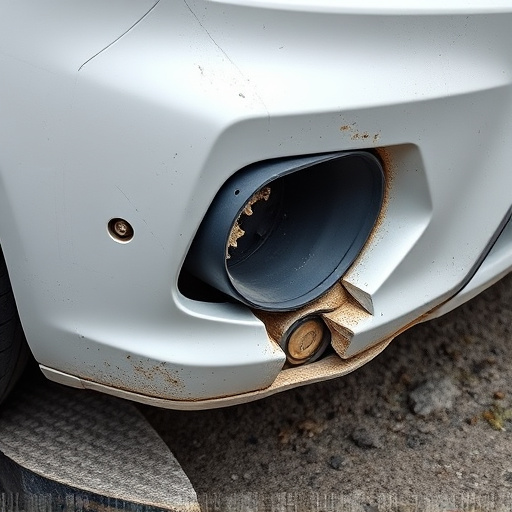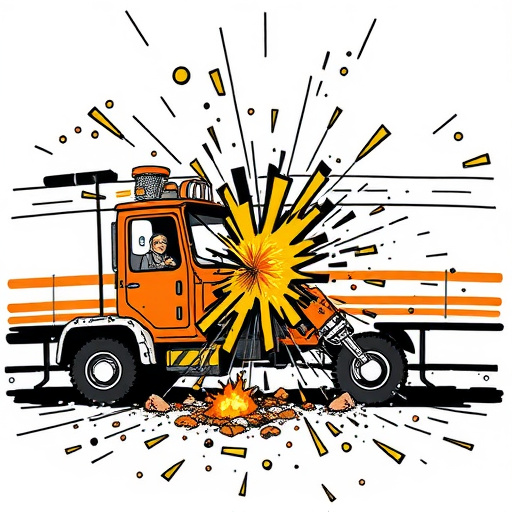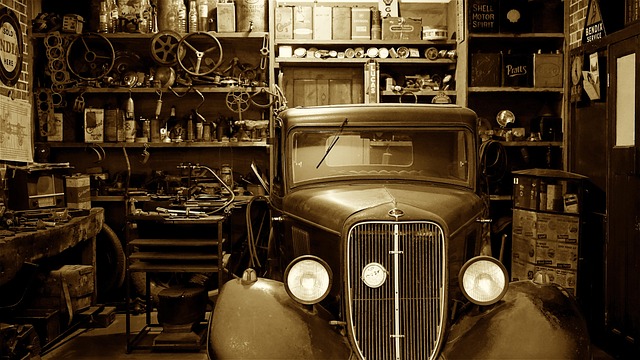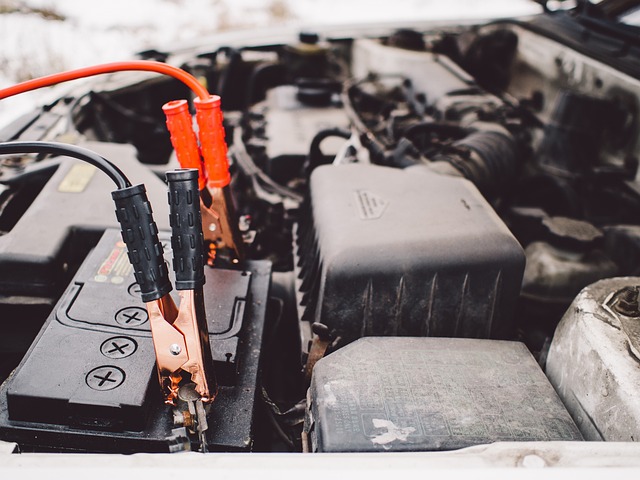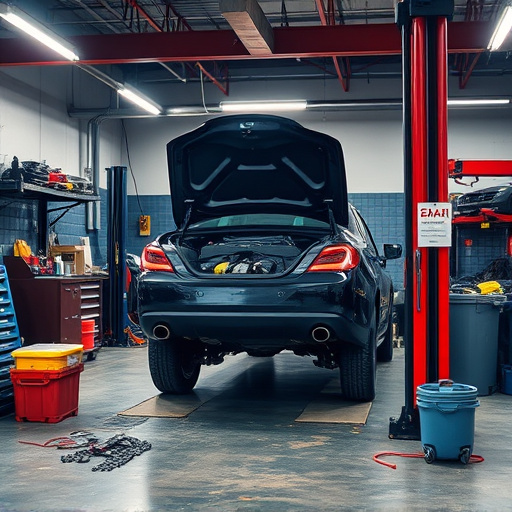After a winter accident, skilled technicians conduct a comprehensive damage assessment, documenting issues like bent metal, cracked windshields, and structural integrity problems. They use specialized tools to straighten metal and restore paintwork, ensuring your car is aligned, safe, and reliable for future winters. Post-repair inspections verify proper part replacement, suspension systems, brakes, lighting, and paint match, preventing further accidents and maintaining aesthetic appeal.
During winter, severe weather conditions can cause significant damage to your vehicle. If you’re facing a winter accident repair, this guide is your roadmap. From Assessing Winter Damage: What to Expect, understanding the Repair Process: Step-by-Step Guide, to ensuring your vehicle’s safety after Post-Repair, you’ll learn what to anticipate at each stage. Get ready to navigate through icy roads and blizzards with peace of mind, knowing your car is in capable hands.
- Assessing Winter Damage: What to Expect
- Repair Process: Step-by-Step Guide
- Post-Repair: Ensuring Your Vehicle's Safety
Assessing Winter Damage: What to Expect
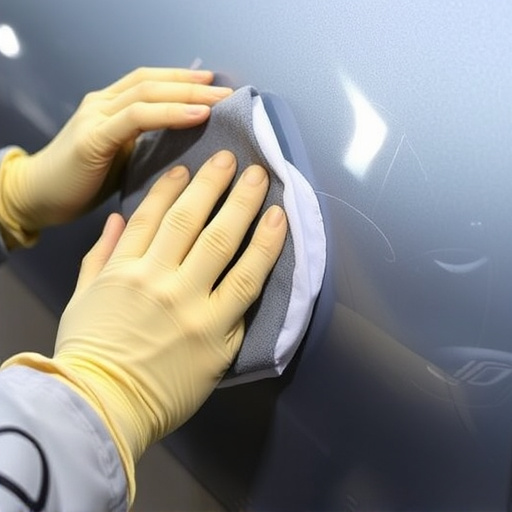
When you bring your vehicle into a car body shop for a winter accident repair, assessing the damage is the first step in the process. During this phase, experienced technicians will meticulously inspect your car to understand the full extent of the winter-related damage. This may include examining for issues like frozen or cracked windshields, fender dents from ice chunks, and even underbody damage caused by slipping on icy roads. The assessment will also consider any secondary effects, such as paint scratches or chips from incidents involving snowplows or other vehicles.
In addition to physical damage, the team at a collision repair service will look for signs of structural integrity issues that may have been exacerbated by winter conditions. This includes checking the frame and suspension for adjustments needed to ensure safe driving after repairs are made. The goal is to provide an accurate estimate for vehicle restoration and restore your car to its pre-accident condition, ensuring safety and reliability on the road during future winters.
Repair Process: Step-by-Step Guide
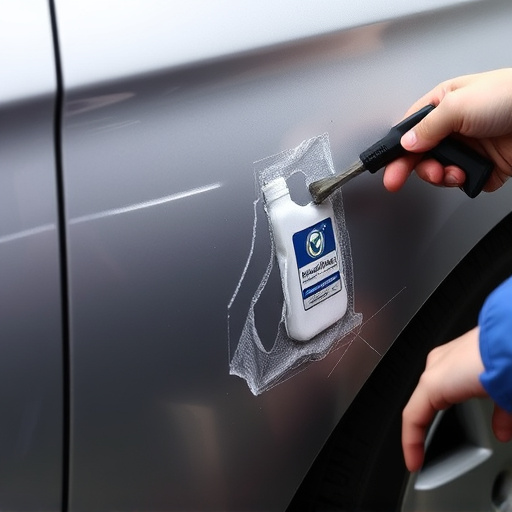
When you arrive at the auto collision center for your winter accident repair appointment, the process typically begins with an assessment. A skilled technician will meticulously inspect your vehicle, documenting any damage, from dented panels to cracked windshields. This step is crucial as it determines the extent of the collision damage repair required.
Once the damage has been evaluated, the actual collision damage repair can commence. The technician will start by straightening bent metal using specialized tools and techniques, ensuring precise alignment. Then, they’ll address any paintwork issues, either repainting areas with minimal damage or performing comprehensive car body repair if significant alterations are needed. Throughout the process, you’ll be kept informed about progress, and any concerns addressed promptly to ensure your satisfaction with the final winter accident repair results.
Post-Repair: Ensuring Your Vehicle's Safety
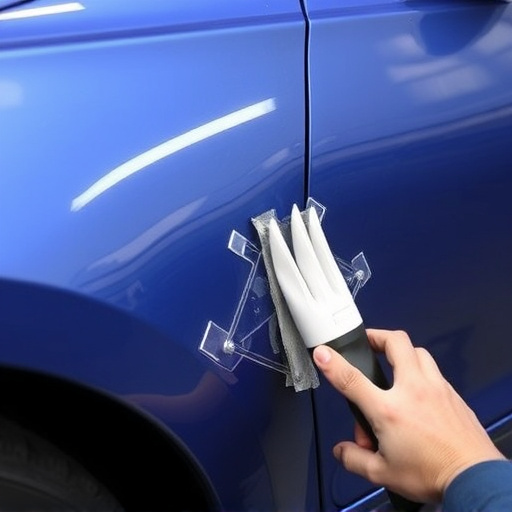
After your winter accident repair appointment, it’s crucial to ensure your vehicle is safe for the road again. The first step post-repair involves a thorough inspection by the automotive restoration experts. They’ll verify that all components have been correctly realigned and replaced, including any damaged suspension systems, brakes, or lighting fixtures. This critical process ensures your safety during future winter driving conditions, preventing further accidents.
Additionally, car paint services play a significant role in making your vehicle look as good as new. Skilled technicians will touch up any scratches or dents caused by the accident, matching the original paint job precisely. Proper paint restoration not only enhances the aesthetic appeal but also seals the surface to protect against future damage and corrosion, especially during harsh winter weather conditions.
A successful winter accident repair involves a thorough assessment of the damage, a well-planned step-by-step repair process, and meticulous post-repair checks. By understanding what to expect during each stage, you can ensure your vehicle’s safety and reliability in the harsh winter conditions. Remember, prompt action and professional care are key to minimizing disruptions and keeping you safe on the road.
